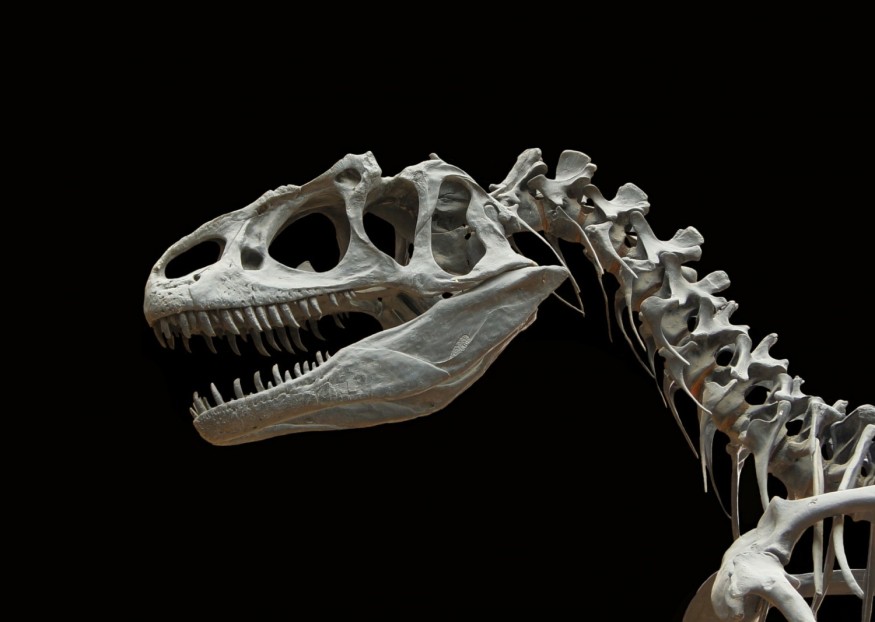
New evidence gathered from Antarctic seashells proves that Earth was already unstable before the asteroid impact that wiped out the dinosaurs.
The investigation, led by researchers at Northwestern University, was the first to determine the calcium isotope structure of fossilized clam and snail shells, which date back to the Cretaceous-Paleogene mass extinction crisis. The researchers found - up to the extinction event - the shells' chemistry stirred in response to a surge of carbon in the oceans.
This carbon influx was apparent due to long-term outbursts from the Deccan Traps, a 200,000-square-mile volcanic province located in India. The Deccan Traps spewed massive amounts of carbon dioxide (CO2) into the atmosphere during the years leading up to the asteroid impact. The concentration of carbon dioxide acidified the oceans, directly influencing the organisms living there.
Benjamin Linzmeier, the study's lead author, explained their information suggests that the environment was shifting before the asteroid impact. "[The] changes [seemingly connect] with the eruption of the Deccan Traps," Linzmeier added.
Andrew Jacobson, one of the senior authors of the paper, said the planet "was clearly under pressure" before the significant mass extinction crisis.
"The asteroid impact [corresponds] with pre-existing [instability of the] carbon cycle. But that doesn't [imply that] we have answers to what caused the extinction," Jacobson said.
The study is expected to be published in the January 2020 issue of the journal Geology, which comes out later this month.
'Each shell is a snapshot'
Prior studies have investigated the possible effects of the Deccan Traps eruptions on the mass extinction event, but some have considered having bulk sediments and used different chemical tracers. The researchers gained a more precise, higher-resolution account of the ocean's chemistry by focusing on a specific organism.
"Shells [quickly multiplied] and [changed] with water chemistry," Linzmeier said. "Because they live for such a short period, each shell is a short, preserved snapshot of the ocean's chemistry."
The researchers analyzed shells accumulated from the Lopez de Bertodano Formation, a well-preserved, fossil-rich area on the Western Seymour Island in Antarctica.
"We [measured the] calcium isotope variations with high precision," Jacobson said. "And [the] isotope variations are like fingerprints to [make] us understand what happened," he added.
While the team expected to see some changes in the shells' composition, the team was astonished by the results.
"We were [stunned] by how quickly the [differences transpired]," Linzmeier said. "We were [also shocked] that we didn't see more [variations correlated] with the extinction horizon itself," he added.
A future warning
Knowing how the Earth responded to past extreme warming and CO2 figures could help everyone prepare for how the planet will react to current, human-made climate change, according to researchers.
"To some [extent], we [assume] that ancient ocean acidification effects are good analogs for what's [occurring] now with anthropogenic [carbon dioxide] emissions," Jacobson said.
"Perhaps we can use this [research] as a tool to better predict what might [occur] in the future. The Earth system is [susceptible] to [huge] and rapid [increases] of CO2. Current [discharges] will have environmental consequences," the researcher added.
© 2026 NatureWorldNews.com All rights reserved. Do not reproduce without permission.





